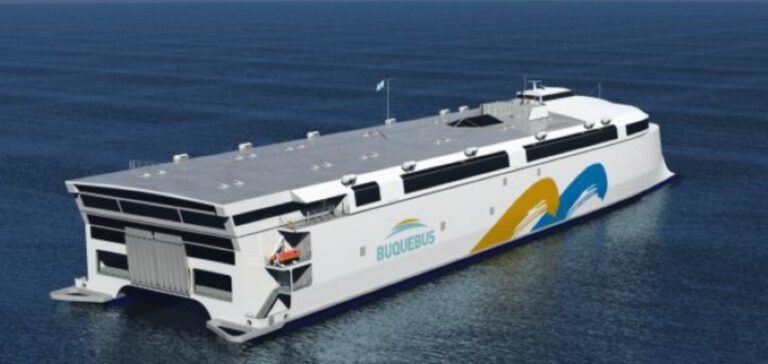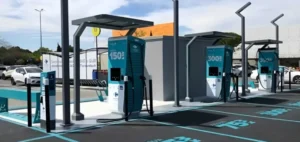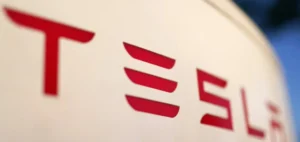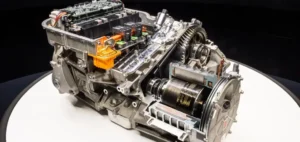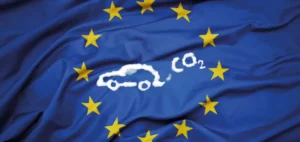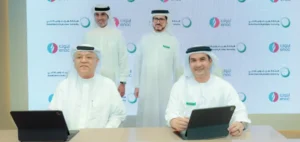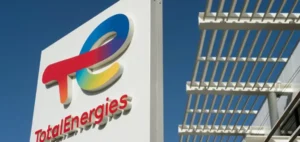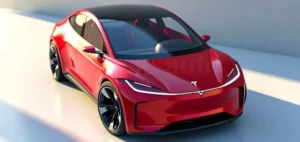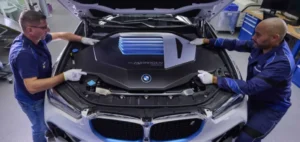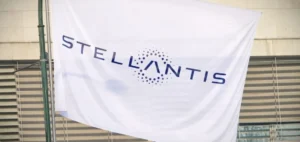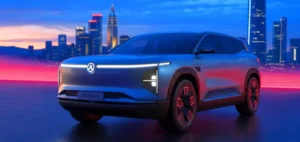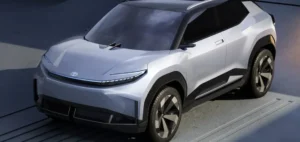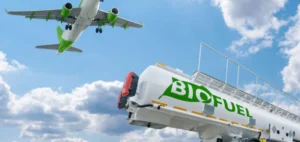Australian shipbuilder Incat has launched a 130-metre catamaran described as the world’s largest electric ship, Agence France-Presse reported on May 2. Named Hull 096, the vessel was built for South American company Buquebus and is capable of transporting up to 2,100 passengers and 225 vehicles between Uruguay and Argentina. It was launched from Incat’s facility in Hobart, Tasmania.
A 250-tonne battery system
The vessel is powered by more than 250 tonnes of batteries, providing an installed capacity exceeding 40 megawatt-hours. The electric system supplies all on-board energy needs, from propulsion to passenger services. According to the company, it is the first vessel of this size designed for fully electric commercial operation.
The ferry was ordered by Buquebus, which operates high-speed connections between Montevideo and Buenos Aires and already deploys vessels powered by liquefied natural gas (LNG). No details have been disclosed regarding the contract value or the vessel’s delivery date.
Changing regulatory environment
According to the International Maritime Organization (IMO), maritime transport accounts for nearly 3% of global greenhouse gas emissions. In April, IMO member states approved a global carbon pricing mechanism to reduce sector emissions. Starting in 2028, all ships will be required to use lower-carbon fuels, with financial penalties for non-compliance.
Shipyards around the world are currently exploring similar technologies, including battery-powered and hydrogen propulsion. The launch of Hull 096 comes amid increasing regulatory pressure for shipbuilders to accelerate the development of new energy platforms.
Industrial prospects still unclear
Incat stated that sea trials for the vessel will begin in the coming months, though no timeline for commercial deployment has been provided. The company also mentioned ongoing discussions with other operators, but did not disclose any names or order volumes.
Stephen Casey, Chief Executive Officer of Incat, told AFP that this launch proves that “large-scale, low-emission transport solutions are not only possible, but ready now.” Hull 096 is part of a broader wave of technological initiatives aimed at adapting maritime fleets to a new international energy framework.


